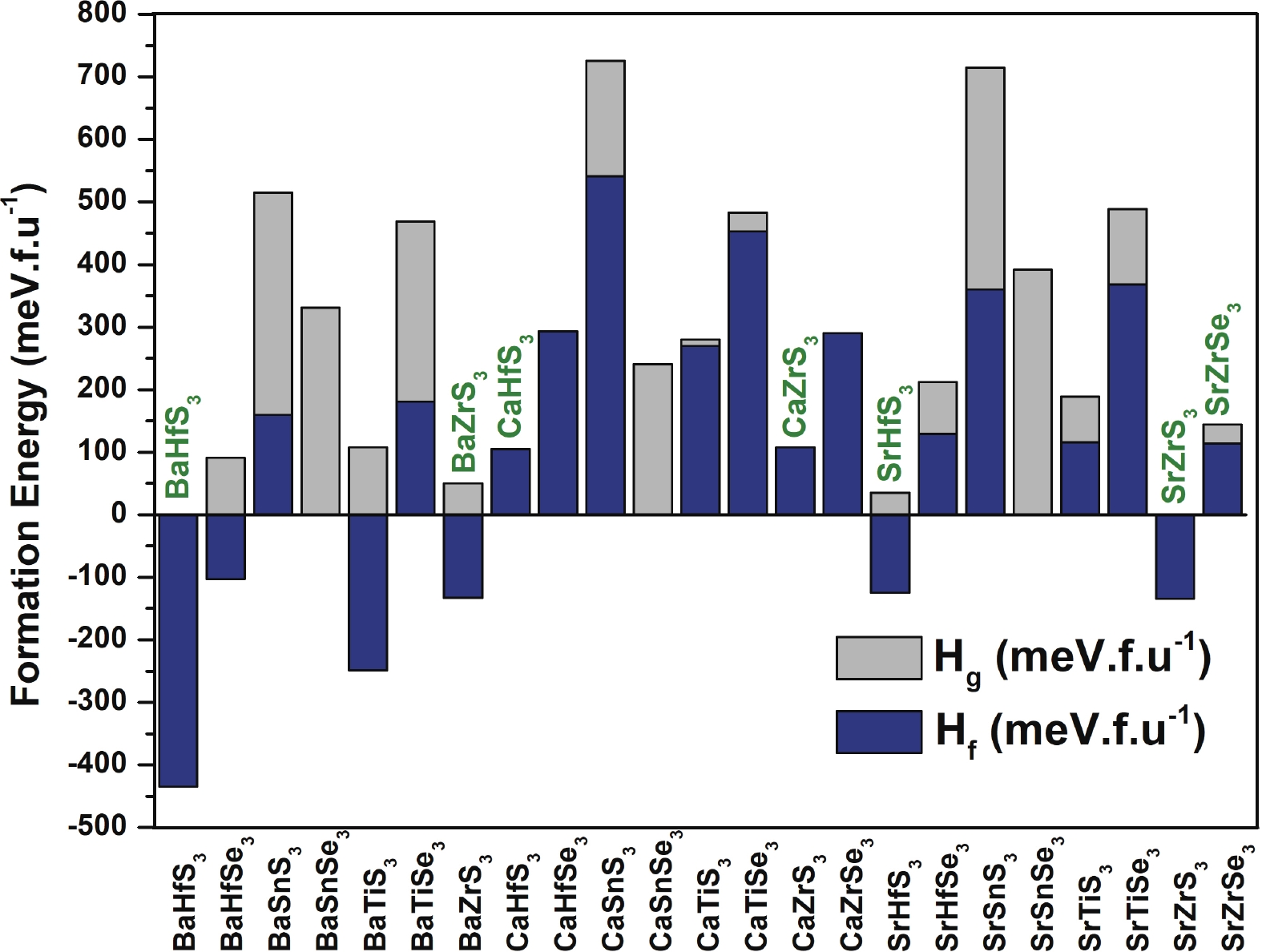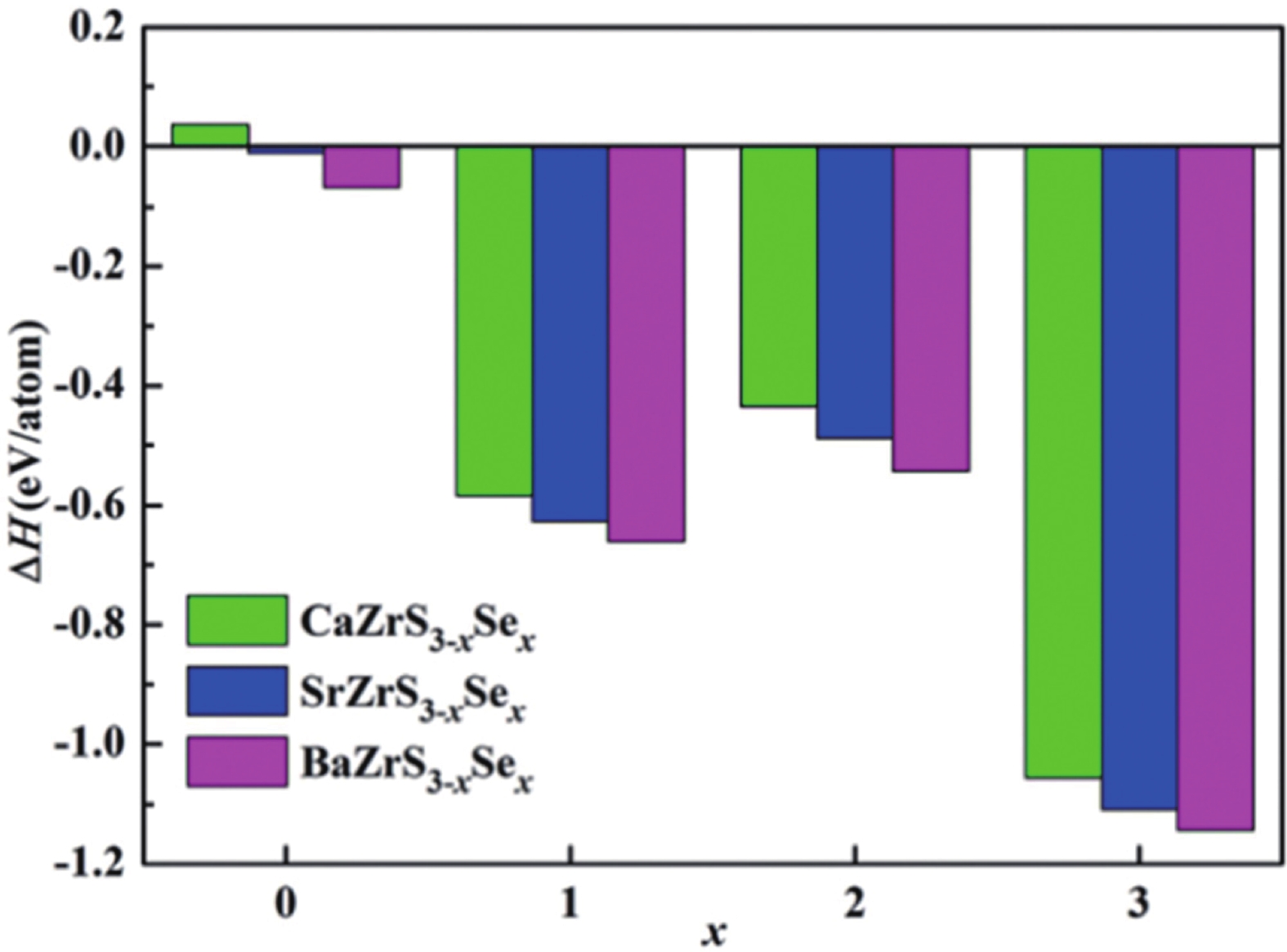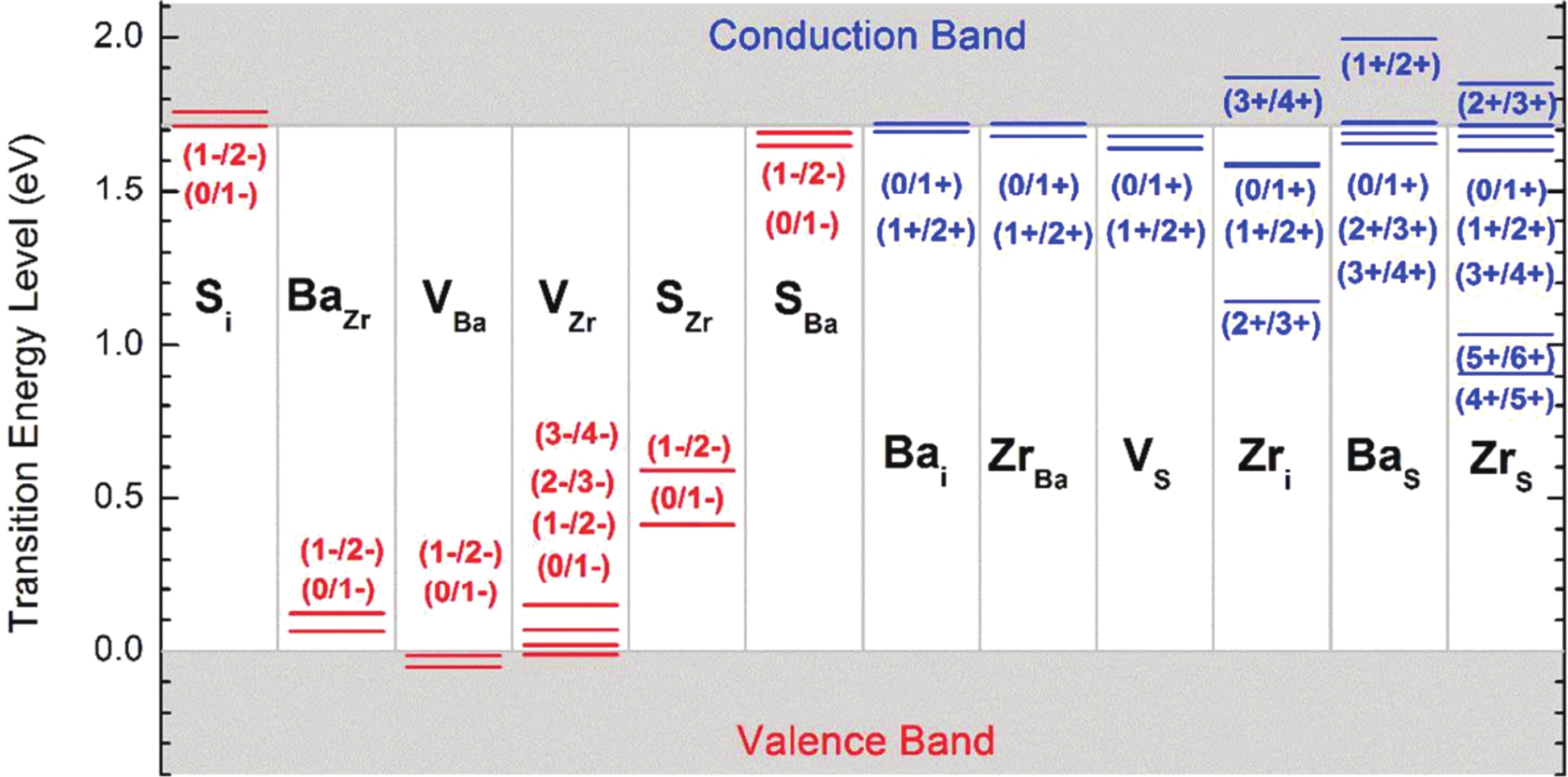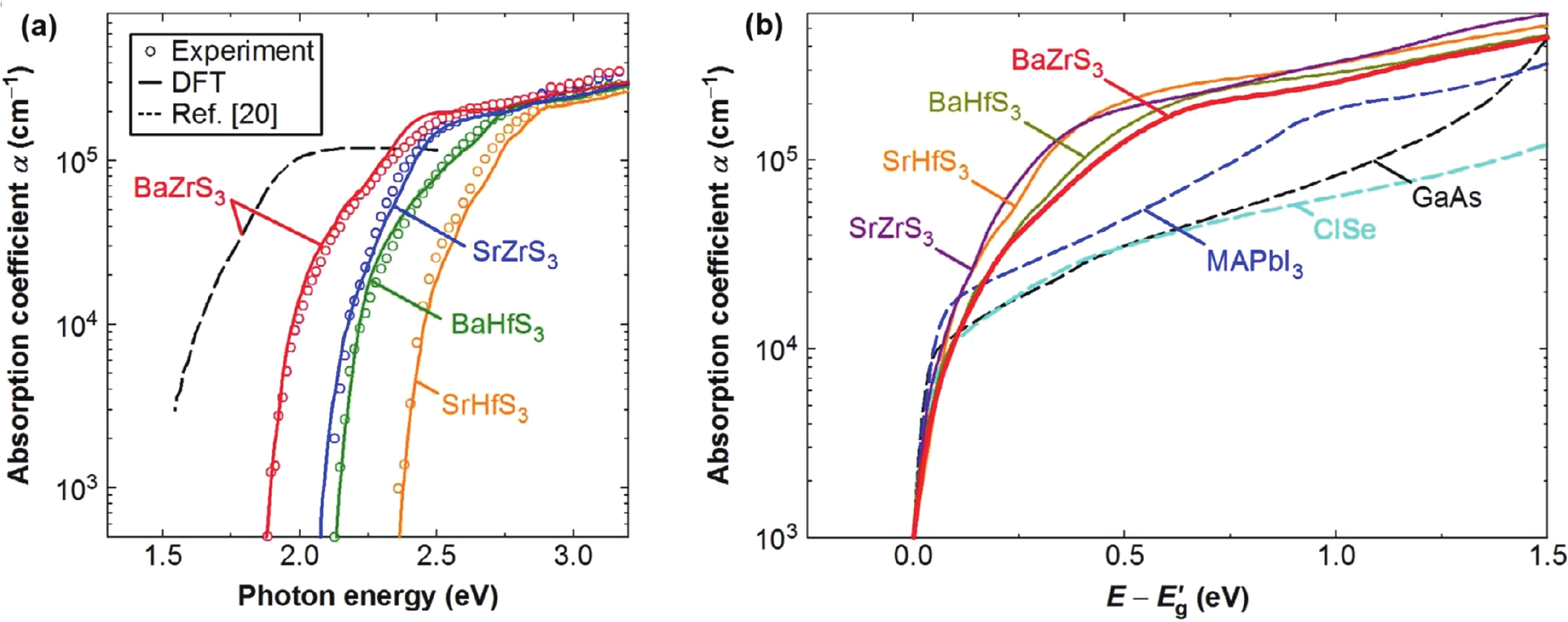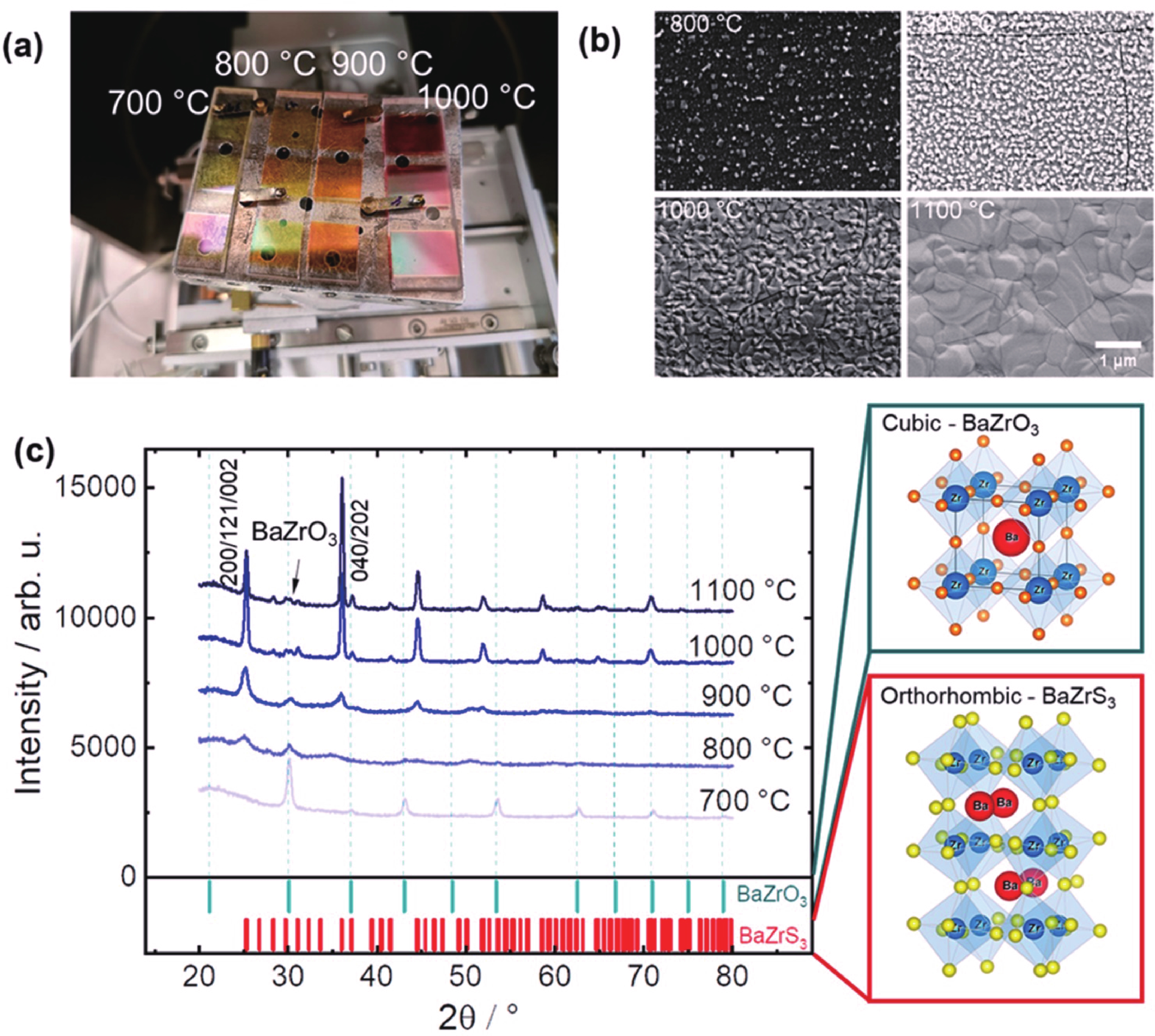| Citation: |
Pidugu Kesavan Kannan, Mariappan Anandkumar, Gopal Bhavani. Chalcogenide perovskites—challenges, status, and future prospects[J]. Journal of Semiconductors, 2024, 45(11): 111801. doi: 10.1088/1674-4926/24050029
****
P K Kannan, M Anandkumar, and G Bhavani, Chalcogenide perovskites—challenges, status, and future prospects[J]. J. Semicond., 2024, 45(11), 111801 doi: 10.1088/1674-4926/24050029
|
Chalcogenide perovskites—challenges, status, and future prospects
DOI: 10.1088/1674-4926/24050029
More Information
-
Abstract
Perovskites dominate the photovoltaic research community over the last two decades due to its very high absorption coefficient, electron and hole mobility. However, most of the reported solar cells constitute organic perovskites which offer very high efficiency but are highly unstable. Chalcogenide perovskites like BaZrS3, CaZrS3, etc. promise to be a perfect alternate owing to its high stability and mobilities. But, till now no stable photovoltaic device has been successfully fabricated using these materials and the existing challenges present in the synthesis of such perovskites are discussed. Also, the basic thermodynamic aspects that are essential for formation of BaZrS3 are discussed. An extensive review on the precedent literatures and the future direction in the BaZrS3 photovoltaic device research is clearly given.-
Keywords:
- chalcogenide perovskites,
- BaZrS3,
- synthesis and DFT
-
References
[1] Yoo J J, Seo G, Chua M R, et al. Efficient perovskite solar cells via improved carrier management. Nature, 2021, 590, 587 doi: 10.1038/s41586-021-03285-w[2] Mariotti S, Köhnen E, Scheler F, et al. Interface engineering for high-performance, triple-halide perovskite-silicon tandem solar cells. Science, 2023, 381, 63 doi: 10.1126/science.adf5872[3] Wang Q, Phung N, Di Girolamo D, et al. Enhancement in lifespan of halide perovskite solar cells. Energy Environ Sci, 2019, 12, 865 doi: 10.1039/C8EE02852D[4] Xie H B, Lira Cantu M. Multi-component engineering to enable long-term operational stability of perovskite solar cells. J Phys Energy, 2020, 2, 024008 doi: 10.1088/2515-7655/ab8278[5] Kannan P K, Anandkumar M. A theoretical investigation to boost the efficiency of CZTS solar cells using SCAPS-1D. Optik, 2023, 288, 171214 doi: 10.1016/j.ijleo.2023.171214[6] Wang L, Liu R J, Luan H M, et al. The enhancement of CZTSSe solar cell performance through active construction of the double-layer absorber. Sol Energy Mater Sol Cells, 2024, 266, 112670 doi: 10.1016/j.solmat.2023.112670[7] Keller J, Kiselman K, Donzel Gargand O, et al. High-concentration silver alloying and steep back-contact gallium grading enabling copper indium gallium selenide solar cell with 23.6% efficiency. Nat Energy, 2024, 9, 467 doi: 10.1038/s41560-024-01472-3[8] Jeong A R, Choi S B, Kim W M, et al. Electrical analysis of c-Si/CGSe monolithic tandem solar cells by using a cell-selective light absorption scheme. Sci Rep, 2017, 7, 15723 doi: 10.1038/s41598-017-15998-y[9] Sopiha K V, Comparotto C, Márquez J A, et al. Chalcogenide perovskites: Tantalizing prospects, challenging materials. Adv Optical Mater, 2022, 10, 2101704 doi: 10.1002/adom.202101704[10] Tiwari D, Hutter O S, Longo G. Chalcogenide perovskites for photovoltaics: Current status and prospects. J Phys Energy, 2021, 3, 034010 doi: 10.1088/2515-7655/abf41c[11] Shannon R D. Revised effective ionic radii and systematic studies of interatomic distances in halides and chalcogenides. Acta Crystallogr Sect A, 1976, 32, 751 doi: 10.1107/S0567739476001551[12] Pilania G, Ghosh A, Hartman S T, et al. Anion order in oxysulfide perovskites: Origins and implications. NPJ Comput Mater, 2020, 6, 71 doi: 10.1038/s41524-020-0338-1[13] Körbel S, Marques M A L, Botti S. Stability and electronic properties of new inorganic perovskites from high-throughput ab initio calculations. J Mater Chem C, 2016, 4, 3157 doi: 10.1039/C5TC04172D[14] Kuhar K, Crovetto A, Pandey M, et al. Sulfide perovskites for solar energy conversion applications: Computational screening and synthesis of the selected compound LaYS3. Energy Environ Sci, 2017, 10, 2579 doi: 10.1039/C7EE02702H[15] Adjogri S J, Meyer E L. Chalcogenide perovskites and perovskite-based chalcohalide as photoabsorbers: A study of their properties, and potential photovoltaic applications. Materials, 2021, 14, 7857 doi: 10.3390/ma14247857[16] Majumdar A, Adeleke A A, Chakraborty S, et al. Emerging piezochromism in lead free alkaline earth chalcogenide perovskite AZrS3 (a = Mg, Ca, Sr and Ba) under pressure. J Mater Chem C, 2020, 8, 16392 doi: 10.1039/D0TC04516K[17] Liu D W, Zeng H H, Peng H, et al. Computational study of the fundamental properties of Zr-based chalcogenide perovskites for optoelectronics. Phys Chem Chem Phys, 2023, 25, 13755 doi: 10.1039/D3CP01522J[18] Meng W W, Saparov B, Hong F, et al. Alloying and defect control within chalcogenide perovskites for optimized photovoltaic application. Chem Mater, 2016, 28, 821 doi: 10.1021/acs.chemmater.5b04213[19] Nishigaki Y, Nagai T, Nishiwaki M, et al. Extraordinary strong band-edge absorption in distorted chalcogenide perovskites. Sol RRL, 2020, 4, 2070051 doi: 10.1002/solr.202070051[20] Sahli F, Werner J, Kamino B A, et al. Fully textured monolithic perovskite/silicon tandem solar cells with 25.2% power conversion efficiency. Nat Mater, 2018, 17, 820 doi: 10.1038/s41563-018-0115-4[21] Hahn H, Mutschke U. Untersuchungen über ternäre chalkogenide. XI. versuche zur darstellung von thioperowskiten. Z Für Anorg Und Allg Chem, 1957, 288, 269 doi: 10.1002/zaac.19572880505[22] Lelieveld R, IJdo D J W. Sulphides with the GdFeO3 structure. Acta Crystallogr Sect B, 1980, 36, 2223 doi: 10.1107/S056774088000845X[23] Clearfield A. The synthesis and crystal structures of some alkaline earth titanium and zirconium sulfides. Acta Crystallogr, 1963, 16, 135 doi: 10.1107/S0365110X6300030X[24] Sun Y Y, Agiorgousis M L, Zhang P H, et al. Chalcogenide perovskites for photovoltaics. Nano Lett, 2015, 15, 581 doi: 10.1021/nl504046x[25] Niu S Y, Milam-Guerrero J, Zhou Y C, et al. Thermal stability study of transition metal perovskite sulfides. J Mater Res, 2018, 33, 4135 doi: 10.1557/jmr.2018.419[26] Xu J, Fan Y C, Tian W M, et al. Enhancing the optical absorption of chalcogenide perovskite BaZrS3 by optimizing the synthesis and post-processing conditions. J Solid State Chem, 2022, 307, 122872 doi: 10.1016/j.jssc.2021.122872[27] Wei X C, Hui H L, Perera S, et al. Ti-alloying of BaZrS3 chalcogenide perovskite for photovoltaics. ACS Omega, 2020, 5, 18579 doi: 10.1021/acsomega.0c00740[28] Sharma S, Ward Z, Bhimani K, et al. Bandgap tuning in BaZrS3 perovskite thin films. ACS Appl Electron Mater, 2021, 3, 3306 doi: 10.1021/acsaelm.1c00575[29] Gupta T, Ghoshal D, Yoshimura A, et al. An environmentally stable and lead-free chalcogenide perovskite. Adv Funct Mater, 2020, 30, 2001387 doi: 10.1002/adfm.202001387[30] Ravi V K, Yu S H, Rajput P K, et al. Colloidal BaZrS3 chalcogenide perovskite nanocrystals for thin film device fabrication. Nanoscale, 2021, 13, 1616 doi: 10.1039/D0NR08078K[31] Márquez J A, Rusu M, Hempel H, et al. BaZrS3 chalcogenide perovskite thin films by H2S sulfurization of oxide precursors. J Phys Chem Lett, 2021, 12, 2148 doi: 10.1021/acs.jpclett.1c00177[32] Yu Z H, Wei X C, Zheng Y X, et al. Chalcogenide perovskite BaZrS3 thin-film electronic and optoelectronic devices by low temperature processing. Nano Energy, 2021, 85, 105959 doi: 10.1016/j.nanoen.2021.105959[33] Comparotto C, Ström P, Donzel Gargand O, et al. Synthesis of BaZrS3 perovskite thin films at a moderate temperature on conductive substrates. ACS Appl Energy Mater, 2022, 5, 6335 doi: 10.1021/acsaem.2c00704[34] Pradhan A A, Uible M C, Agarwal S, et al. Synthesis of BaZrS3 and BaHfS3 chalcogenide perovskite films using single-phase molecular precursors at moderate temperatures. Angew Chem Int Ed, 2023, 62, e202301049 doi: 10.1002/anie.202301049[35] Vincent K C, Agarwal S, Turnley J W, et al. Liquid flux−assisted mechanism for modest temperature synthesis of large-grain BaZrS3 and BaHfS3 chalcogenide perovskites. Adv Energy Sustain Res, 2023, 4, 2300010 doi: 10.1002/aesr.202300010[36] Ramanandan S P, Giunto A, Stutz E Z, et al. Understanding the growth mechanism of BaZrS3 chalcogenide perovskite thin films from sulfurized oxide precursors. J Phys Energy, 2023, 5, 014013 doi: 10.1088/2515-7655/aca9fe[37] Dhole S, Wei X C, Hui H L, et al. A facile aqueous solution route for the growth of chalcogenide perovskite BaZrS3 films. Photonics, 2023, 10, 366 doi: 10.3390/photonics10040366[38] Romagnoli L, Ciccioli A, Dale P J, et al. A simple synthetic approach to BaZrS3, BaHfS3, and their solid solutions. J Am Ceram Soc, 2024, 107, 698 doi: 10.1111/jace.19506[39] Vincent Mercy E N, Srinivasan D, Marasamy L. Emerging BaZrS3 and Ba(Zr, Ti)S3 chalcogenide perovskite solar cells: A numerical approach toward device engineering and unlocking efficiency. ACS Omega, 2024, 9, 4359 doi: 10.1021/acsomega.3c06627[40] Najwa C, Mustapha R, Boubker F. Numerical study of BaZrS3 based chalcogenide perovskite solar cell using SCAPS-1D device simulation, 2022, PREPRINT (Version 1) available at Research Square [https://doi.org/10.21203/rs.3.rs-1251663/v1][41] Karthick S, Velumani S, Bouclé J. Chalcogenide BaZrS3 perovskite solar cells: A numerical simulation and analysis using SCAPS-1D. Opt Mater, 2022, 126, 112250 doi: 10.1016/j.optmat.2022.112250[42] Goutham Kumar S, Pramod A, Prashanth C R, et al. Proposal for a novel perovskite solar cell based on BaZrS3 with optimized electron and hole transport layer using SCAPS- 1D. Eur Chem Bull, 2023, 12, 10289[43] Kumar P, Sharma P. Design and simulation of chalcogenide perovskite BaZr(S, Se)3 compositions for photovoltaic applications. Phys Scr, 2023, 98, 065921 doi: 10.1088/1402-4896/accfc6[44] Barman B, Ingole S. Analysis of Si back-contact for chalcogenide perovskite solar cells based on BaZrS3 using SCAPS-1D. Adv Theory Simul, 2023, 6, 2200820 doi: 10.1002/adts.202200820[45] Rühle S. Tabulated values of the Shockley-Queisser limit for single junction solar cells. Sol Energy, 2016, 130, 139 doi: 10.1016/j.solener.2016.02.015 -
Proportional views





 Pidugu Kesavan Kannan is a renowned academician and researcher working in the field of Materials Science and Engineering. He received his PhD from the Indian Institute of Technology Hyderabad. At present, he works as an Assistant Professor (Senior Grade) in the Department of Physics at PSG Institute of Technology and Applied Research, Coimbatore, India. Dr. Kannan’s research interest include photovoltaic materials, high entropy oxides, perovskites etc.
Pidugu Kesavan Kannan is a renowned academician and researcher working in the field of Materials Science and Engineering. He received his PhD from the Indian Institute of Technology Hyderabad. At present, he works as an Assistant Professor (Senior Grade) in the Department of Physics at PSG Institute of Technology and Applied Research, Coimbatore, India. Dr. Kannan’s research interest include photovoltaic materials, high entropy oxides, perovskites etc. Mariappan Anandkumar is a renowned scientist in the field of Materials Science and Engineering. He received his PhD from the Indian Institute of Technology Hyderabad, India in Metallurgical Engineering. Currently, he works as a senior researcher at the Southern University of Science and Technology (SUSU) in Russia. Dr. Anandkumar’s expertise encompasses the development of advanced nanomaterials and their functional applications. His research focuses on synthesis of high-entropy alloy/oxide nanoparticles and investigating its application in various areas such as photocatalysts, sensors, catalysis, electrochemical sensors, etc. He has published numerous research papers in reputed journals and given presentations at reputed-international conferences.
Mariappan Anandkumar is a renowned scientist in the field of Materials Science and Engineering. He received his PhD from the Indian Institute of Technology Hyderabad, India in Metallurgical Engineering. Currently, he works as a senior researcher at the Southern University of Science and Technology (SUSU) in Russia. Dr. Anandkumar’s expertise encompasses the development of advanced nanomaterials and their functional applications. His research focuses on synthesis of high-entropy alloy/oxide nanoparticles and investigating its application in various areas such as photocatalysts, sensors, catalysis, electrochemical sensors, etc. He has published numerous research papers in reputed journals and given presentations at reputed-international conferences.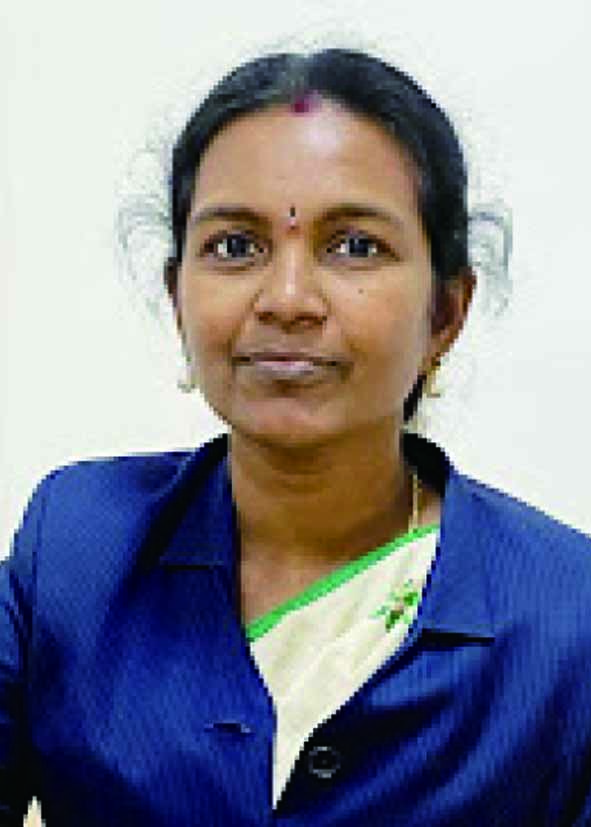 Gopal Bhavani received her doctoral degree from Anna University, Tamilnadu, India in 2016. At present, she is working as Assistant Professor in PSG Institute of Technology and Applied research, Coimbatore, India. Her current research includes nanomaterial synthesis, dielectric and optical studies and Photo degradation.
Gopal Bhavani received her doctoral degree from Anna University, Tamilnadu, India in 2016. At present, she is working as Assistant Professor in PSG Institute of Technology and Applied research, Coimbatore, India. Her current research includes nanomaterial synthesis, dielectric and optical studies and Photo degradation.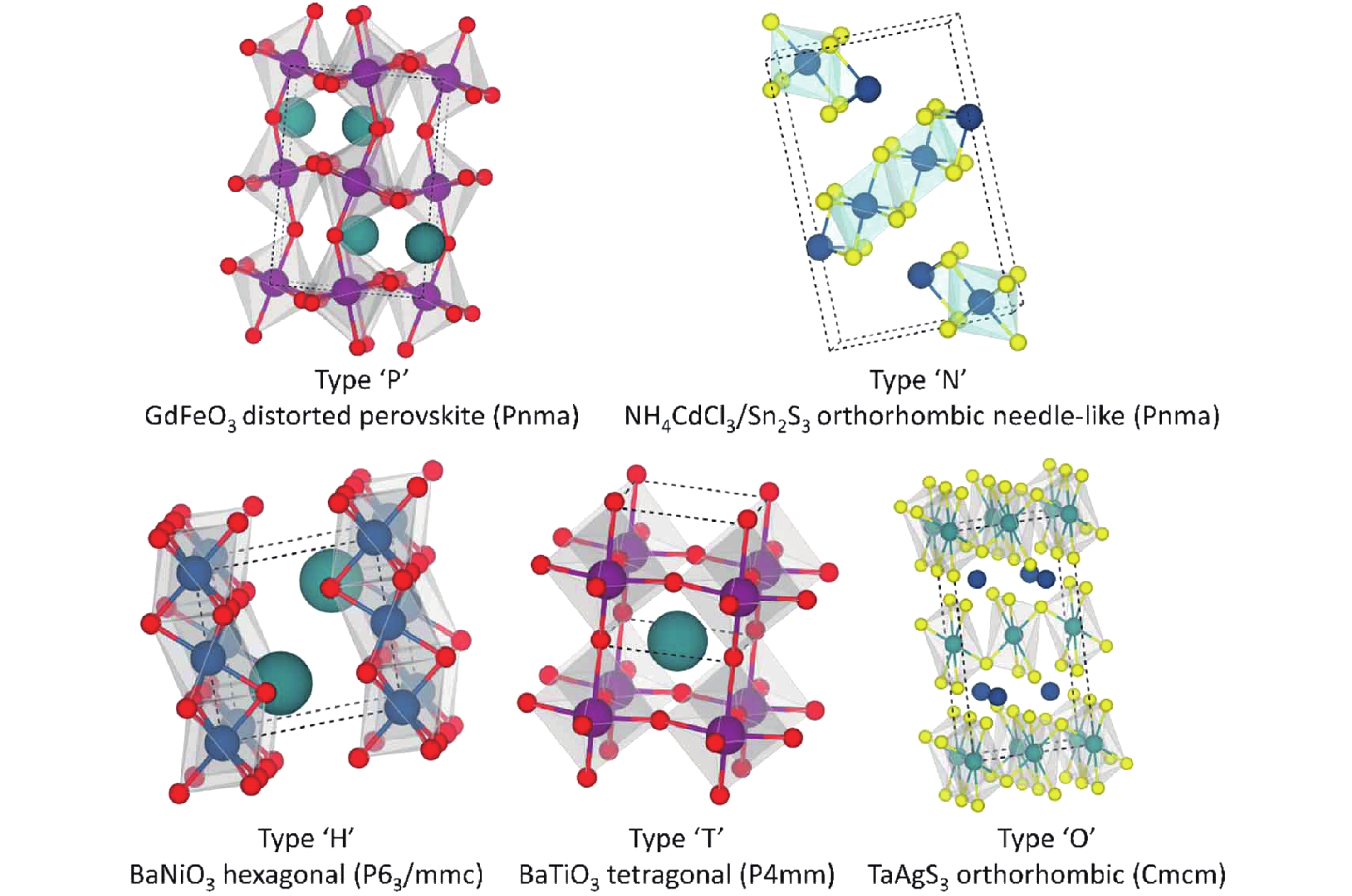
 DownLoad:
DownLoad:
